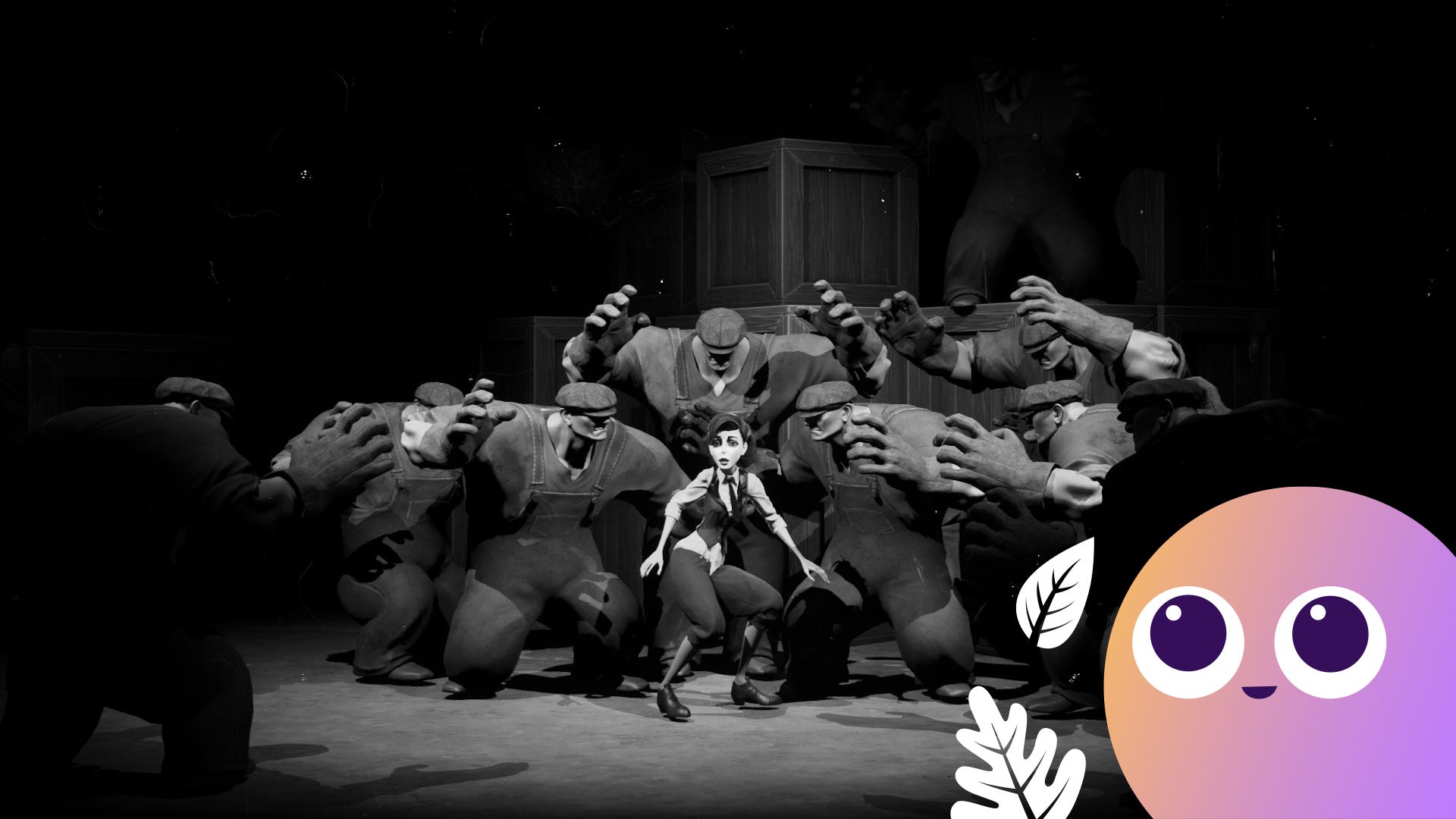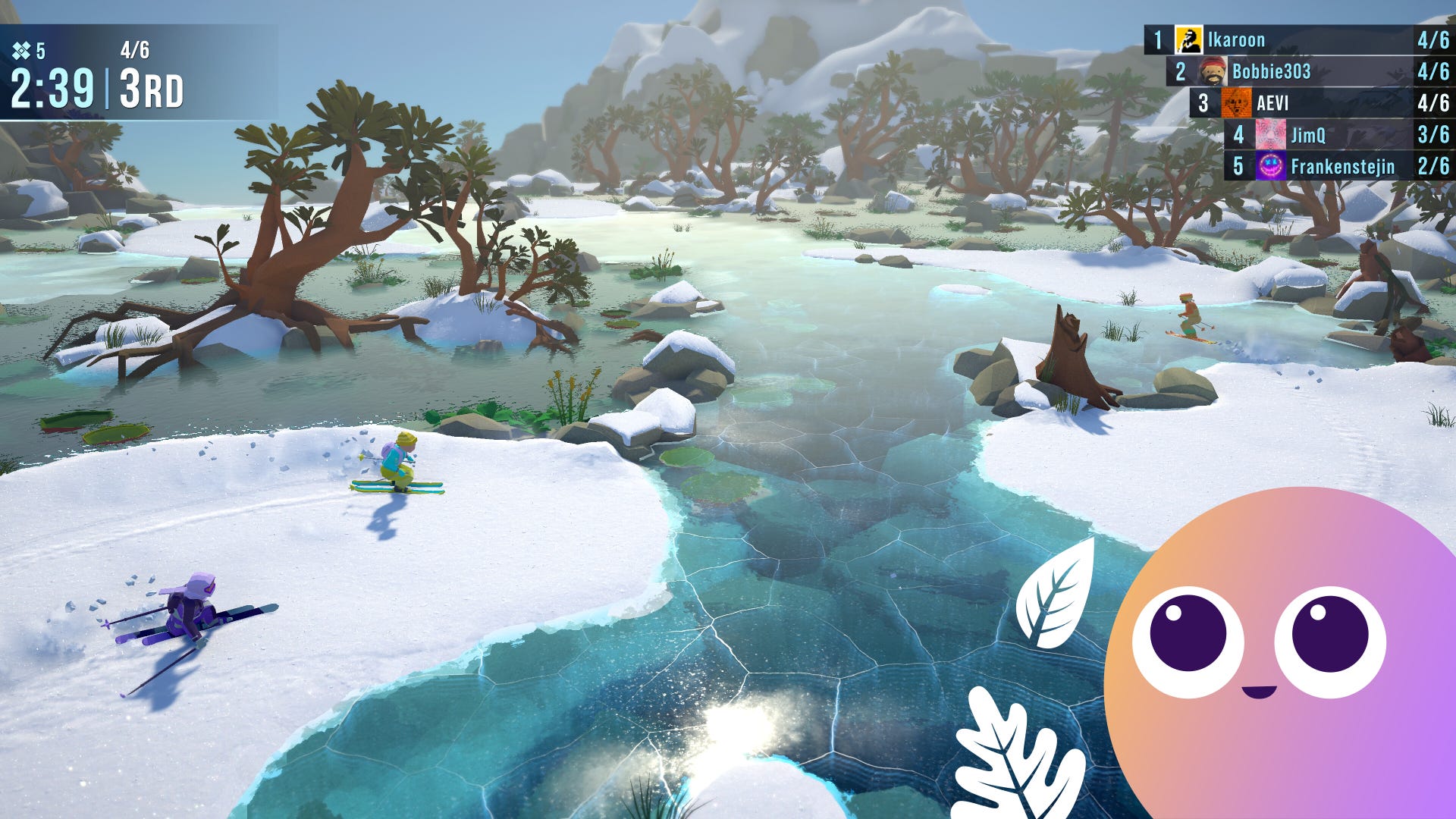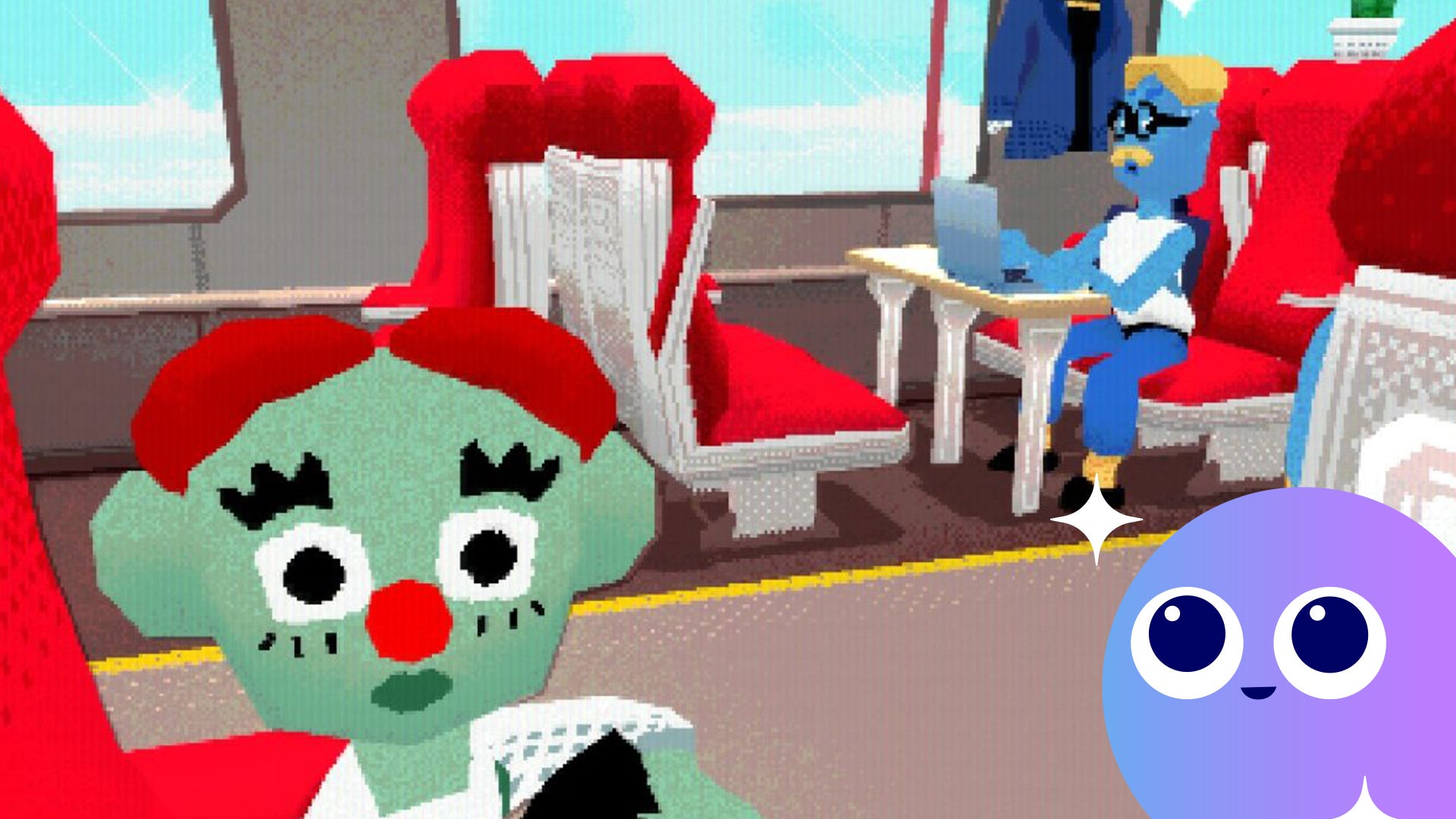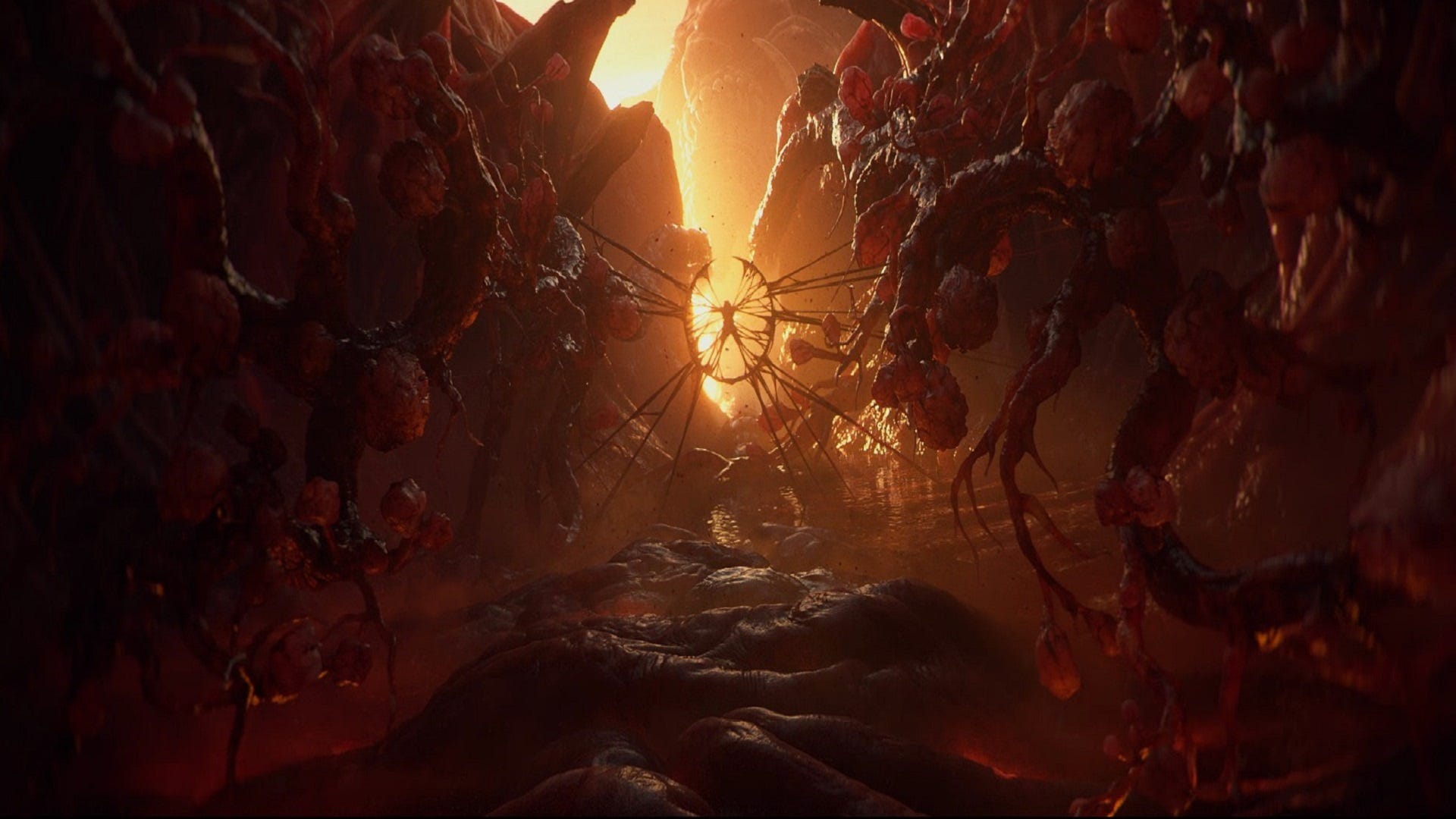The Witcher is getting a wholesome, family friendly comic book adaptation called The Little Witcher, CD Projekt Red has announced.
In collaboration with Dey Rey Books and Penguin Random House, the hardback book arrives May 13, 2025 and is available to preorder now for $16 at Amazon, and via the myriad outlets listed on the Penguin website. It tells stories of a young Ciri as she trains to be a witcher under Geralt of Rivia, and also stars the likes of Yennefer of Vengerberg and Vesemir.
“Young Ciri’s extensive training at Kaer Morhen, the witchers’ stronghold, includes everything she needs to learn to survive the many threats in her world, as well as all the antics and fun of a little girl bonding with her adoptive dad and family,” the synopsis reads.
We’re happy to announce THE LITTLE WITCHER, a heartwarming comic collection from @DelReyBooks & @penguinrandom that is perfect for parents and all Witcher lovers. Follow Geralt of Rivia as he tackles life as a monster-slaying dad raising young Ciri. 🐺✨
Whether you’re looking… pic.twitter.com/ry4AmVZjDU
— The Witcher (@witchergame) October 11, 2024
“With help from Geralt and Ciri’s closest companions — including the motherly magic of Yennefer of Vengerberg and the wisdom of uncle Vesemir — these adorable tales of a non-traditional family will make you laugh, make you sigh, and make you realize that raising a little witcher is not that different from raising any other kid.
“Sure, bedtime stories might include warnings of monsters who fart when surprised, and Geralt might invoke the Witcher Code to get Ciri to brush her teeth or clean her room, but even the formidable White Wolf knows to surrender when it comes to bedtime battles or afternoon tea with the toys.”
The book is described as being perfect for Witcher fans raising their own children, readers who believe in the power of chosen families, families who like cute, magical comics, The Witcher fans who want to spend more time at Kaer Morhen, and players looking for a light hearted twist on their favorite game.
The Witcher franchise has grown exponentially in recent years through the likes of The Little Witcher and other products. The Witcher: Path of Destiny will join The Witcher: Old World as another board game when it arrives in late 2024, a constant stream of more mature comics is released by Dark Horse, and the franchise even has an official cookbook, for example.
These join an incoming novel from The Witcher creator Andrzej Sapkowski, another two seasons of the live action Netflix series (with Season 4 currently in production), and an animated film called Sirens of the Deep starring Doug Cockle, the voice of Geralt in the video games.
CD Projekt Red is plenty busy itself too, with several Witcher projects in development alongside a sequel to Cyberpunk 2077 and a brand new game codenamed Hadar.
Polaris is the codename for the next mainline Witcher game though little is known as of yet, beyond it starring a new protagonist; CD Projekt Red studio The Molasses Flood is working on a multiplayer Witcher game with more mass appeal; and Fool’s Theory is remaking the original Witcher game in Unreal Engine 5.
Ryan Dinsdale is an IGN freelance reporter. He’ll talk about The Witcher all day.










